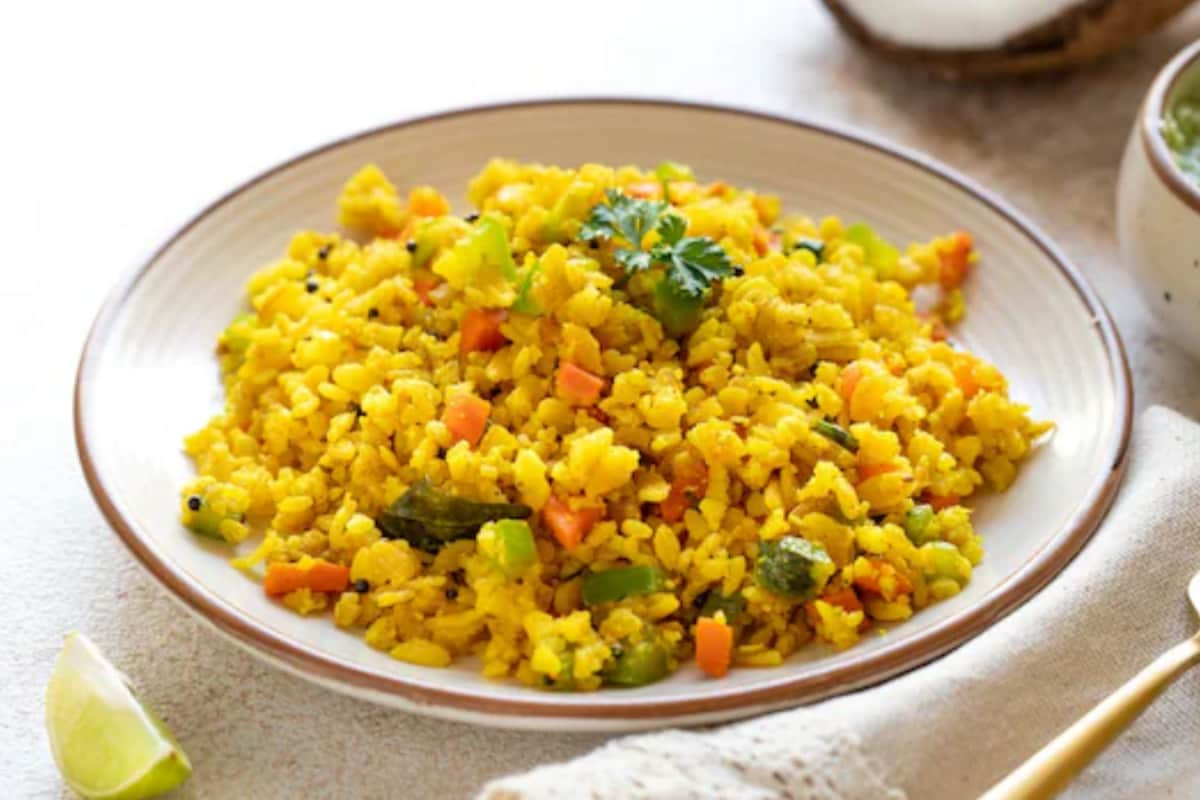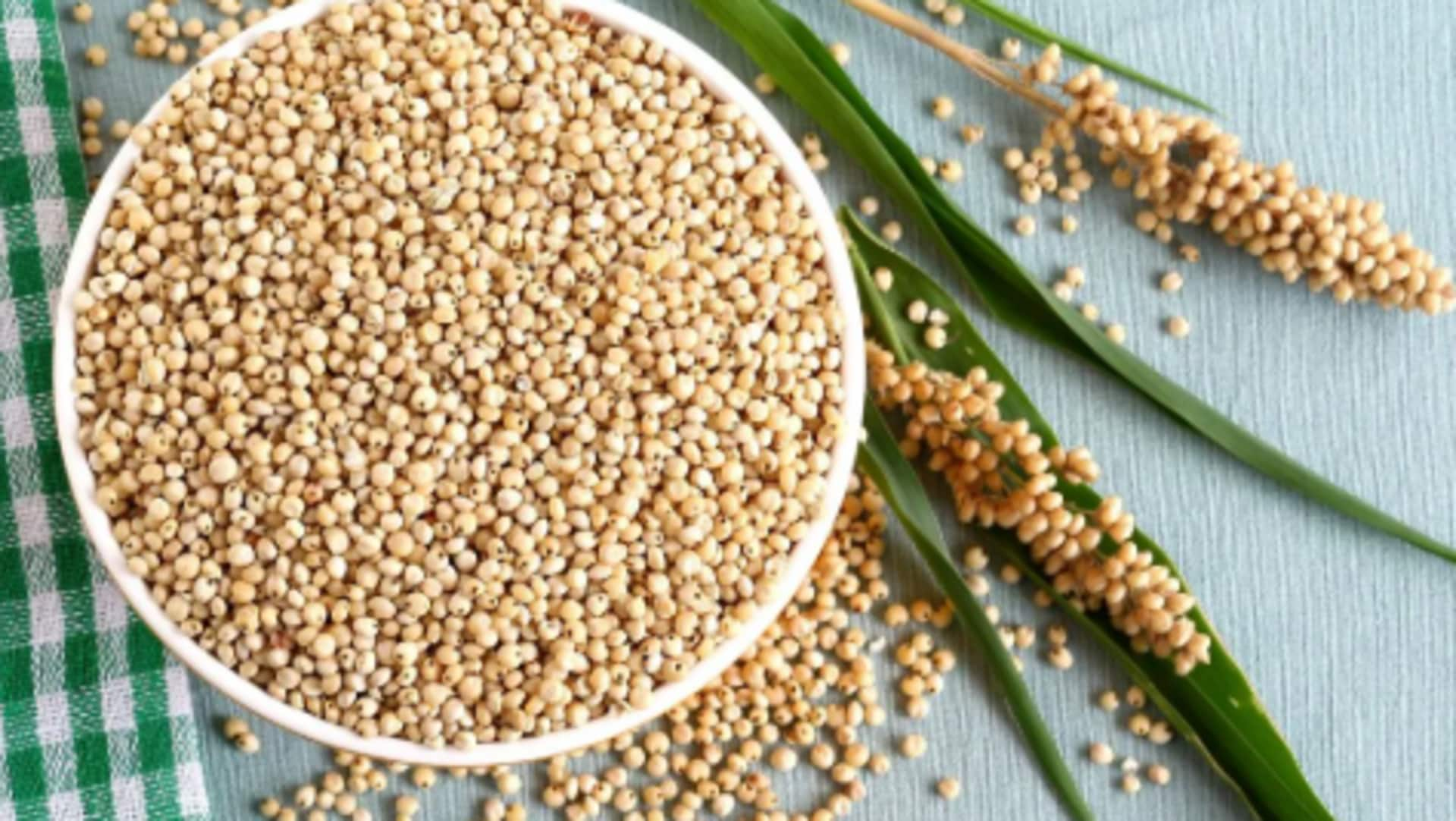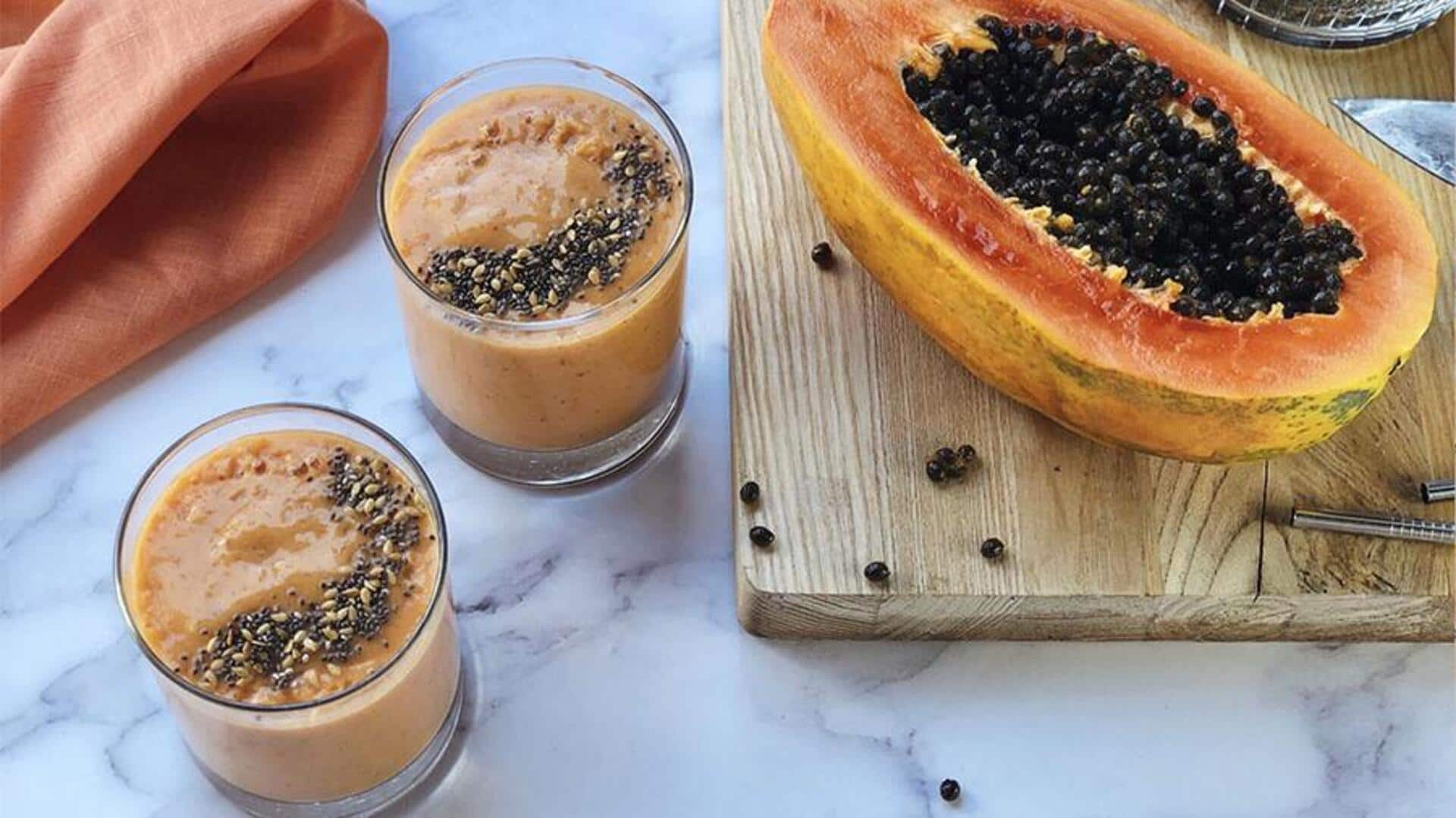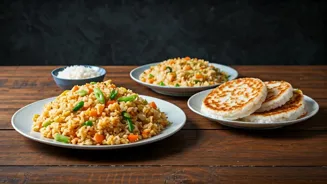Pasta Selection Matters
Choosing the right pasta is crucial for a great pasta salad experience. Opt for pasta shapes that effectively capture the dressing and hold other ingredients.
Avoid delicate pasta varieties that might become mushy after being mixed with the dressing. Ideal options include rotini, penne, farfalle (bow-tie), or fusilli due to their ridges and crevices, perfect for holding sauces and allowing flavors to meld. These shapes also maintain their structure well, even when chilled. Consider whole wheat pasta for added fiber and a slightly nutty flavor. When cooking, always cook your pasta al dente; it should be firm to the bite. Overcooked pasta will turn to a mushy mess when tossed with dressing and vegetables, resulting in a less-than-appetizing outcome. Rinse the cooked pasta under cold water to stop the cooking process and prevent it from sticking together. This also helps remove excess starch, ensuring a cleaner taste and preventing the pasta salad from becoming gummy. Let it cool completely before adding other ingredients to prevent them from wilting.
Vibrant Vegetable Prep
The quality and preparation of your vegetables greatly influence the taste of the pasta salad. Select fresh, seasonal vegetables for the best flavor. Think vibrant bell peppers (red, yellow, orange) for sweetness and color, crisp cucumbers, juicy cherry tomatoes, and red onions for a sharp bite. Wash and dry all vegetables thoroughly before chopping to remove excess moisture. Chop vegetables into bite-sized pieces, ensuring a similar size for even distribution of flavors and textures throughout the salad. Blanch certain vegetables like broccoli or green beans to maintain their bright color and slightly soften their texture. Blanching involves briefly immersing the vegetables in boiling water and immediately transferring them to an ice bath to stop the cooking process. This step is particularly useful for retaining the crispness and color of vegetables that might otherwise become dull or lose their vibrancy when combined with the dressing and chilled for a while. Roasting certain vegetables, like bell peppers or zucchini, will also give your salad a slightly sweet and smoky flavor. Consider lightly roasting the vegetables to enhance their natural flavors, adding complexity to the salad. Ensure the prepared vegetables are thoroughly cooled before adding them to the pasta salad to avoid wilting and preserve their crispness.
Dressing the Delight
The dressing is the heart of any pasta salad, tying all the elements together. A well-balanced dressing will enhance the flavors of both pasta and vegetables. A simple vinaigrette, made with olive oil, vinegar (balsamic, red wine, or apple cider), Dijon mustard, salt, and pepper, is a classic and versatile choice. The ratio of oil to vinegar should be carefully balanced to achieve the desired taste; typically, a 3:1 or 2:1 ratio of oil to vinegar works well. Experiment with different types of vinegar to find your favorite. To make the dressing, whisk the vinegar and mustard together, then slowly drizzle in the oil while whisking constantly to create an emulsion. Add salt and pepper to taste, and adjust the seasoning as needed. For creamier options, consider adding mayonnaise, Greek yogurt, or sour cream to your dressing base. This addition can significantly alter the texture and add a richer flavor. When adding creamy elements, consider fresh herbs like parsley, basil, or dill to freshen the taste. To add more depth, use a variety of fresh herbs, such as basil, parsley, oregano, or chives. Incorporate fresh herbs, finely chopped, to lift the taste and provide a more vibrant and refreshing taste. Add the dressing just before serving or allow the flavors to marry in the fridge for a couple of hours. Over-dressing can lead to a soggy salad, so apply the dressing judiciously, adding more if necessary.
Assembly & Enhancement
Assembling the pasta salad is straightforward, but a few details can elevate the overall experience. Combine the cooled pasta and vegetables in a large bowl. Pour in a bit of the dressing, and mix carefully. Add more dressing as needed, ensuring all the ingredients are evenly coated. Be gentle, so the pasta doesn’t break. Once you've combined the pasta, vegetables, and dressing, think about adding extra ingredients. Consider adding some protein like grilled chicken, chickpeas, or cheese for a more complete and substantial meal. For added texture, sprinkle in toasted nuts, seeds, or breadcrumbs. Cubed cheese, such as feta, mozzarella, or cheddar, adds a creamy and savory element to the dish. Toasted pine nuts or walnuts can offer a satisfying crunch. Herbs like fresh basil, parsley, or chives will lift the flavors. For extra flavor, think about adding marinated artichoke hearts or olives. Taste the pasta salad and adjust the seasoning, if needed. Add more salt, pepper, or vinegar to suit your taste. Chill the prepared pasta salad in the refrigerator for at least an hour before serving, to allow the flavors to develop and blend. Serve the pasta salad cold for a refreshing and satisfying meal.








